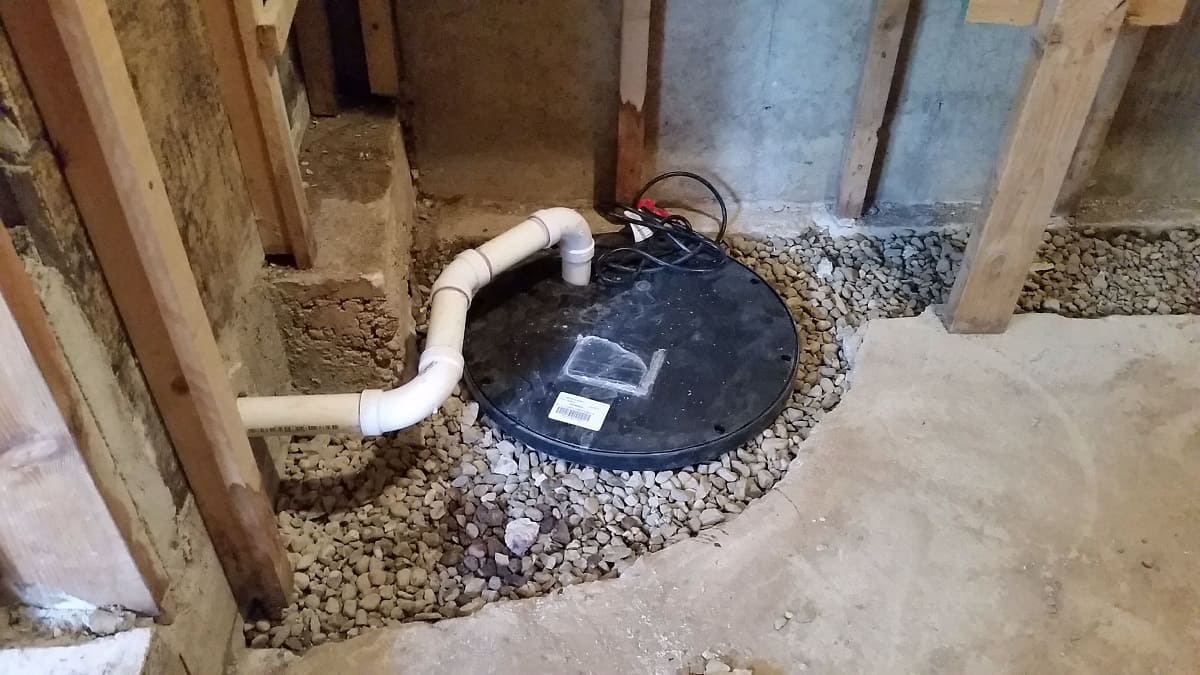

Articles
How Does Sump Pump Work In Basement
Modified: December 7, 2023
Discover how sump pumps work in basements with our informative articles. Find out how to keep your basement dry and protected with these essential tips.
(Many of the links in this article redirect to a specific reviewed product. Your purchase of these products through affiliate links helps to generate commission for Storables.com, at no extra cost. Learn more)
Introduction
Welcome to the world of sump pumps, where this humble yet powerful device plays a crucial role in safeguarding basements from devastating water damage. Whether you’re a homeowner or a renter, understanding how sump pumps work is essential knowledge that can potentially save you from the headaches and financial burdens caused by flooding.
So, what exactly does a sump pump do? In simple terms, it keeps your basement dry by automatically removing excess water that accumulates in a sump pit or basin. These pits are typically found in the lowest part of a basement or crawl space, serving as a collection point for groundwater or water seepage.
By efficiently pumping out water, sump pumps prevent basement flooding, which can lead to costly repairs and mold growth. Understanding how they operate, the different types available, and how to maintain them will empower you with the knowledge needed to ensure a dry and safe environment for your basement.
In this comprehensive guide, we will explore the working principles of sump pumps, the various types available, the components that make up a typical sump pump system, and essential maintenance tips to keep your pump running smoothly. We will also discuss the benefits of using a sump pump in basements and offer troubleshooting advice for common issues that may arise.
Whether you have experienced basement flooding in the past or are simply looking for ways to protect your property, this article will equip you with the knowledge you need to make informed decisions about sump pump installation, maintenance, and usage.
So, let’s dive in and uncover the inner workings of this vital device that provides peace of mind and protects your property from the damaging effects of unwanted water.
Key Takeaways:
- Sump pumps are essential for preventing basement flooding by automatically removing excess water, protecting against mold, foundation damage, and providing peace of mind for homeowners.
- Regular maintenance, including inspecting the sump pit, testing the float switch, and checking the discharge pipe, is crucial for ensuring the smooth operation of sump pumps and minimizing the risk of water-related issues.
Read more: What Sump Pump Is Best For A Basement
Basic Function of a Sump Pump
The primary function of a sump pump is to prevent basement flooding by removing excess water from a sump pit or basin. It accomplishes this by using a motor-driven pump to automatically drain the water to an appropriate location, such as a storm drain or a designated area on the property.
When water enters the sump pit, either through natural groundwater seepage or from a drainage system connected to the basement, it triggers the activation of the sump pump. The pump then starts to pump out the water, preventing it from reaching dangerous levels and causing flooding.
One crucial aspect of the sump pump’s function is the float switch. The float switch is a mechanism that detects the water level in the pit and activates the pump when the water rises above a certain point. It acts as a trigger, ensuring that the pump only operates when necessary. Once the water level drops below the predetermined level, the float switch signals the pump to shut off.
By constantly monitoring the water level and automatically activating when needed, a sump pump provides a proactive solution to deal with excess water in basements. This ensures that any potential water damage is kept at bay, giving homeowners peace of mind and protecting their property.
It’s important to note that a sump pump is not designed to handle sewage or wastewater. Its function is solely focused on removing unwanted water from the sump pit. If there is a need to pump out wastewater, a separate system, such as a sewage ejector pump, should be installed.
Now that we understand the basic function of a sump pump, let’s explore the different types and variations available to cater to various basement and water management needs.
Types of Sump Pumps
Sump pumps come in different types and configurations, each designed to suit specific needs and scenarios. Let’s take a closer look at the most common types of sump pumps:
- Submersible Sump Pumps: These are the most widely used type of sump pump and are designed to be fully submerged in the sump pit. Submersible pumps are sealed to prevent water from entering the motor, which allows them to operate underwater without any risk of damage. They are known for their quiet operation and are typically more powerful than other types of sump pumps. Submersible pumps are an excellent choice for basements with high water tables or heavy water infiltration.
- Pedestal Sump Pumps: Unlike submersible pumps, pedestal sump pumps have a motor that sits above the sump pit while the pump is placed at the base. This design makes the motor easily accessible for maintenance or repair. While pedestal pumps are not designed to be submerged, they are still effective at removing water from the sump pit. These pumps are generally less expensive than submersible models and are suitable for smaller basements or those with limited space.
- Battery Backup Sump Pumps: A battery backup sump pump is an additional safeguard against power outages or pump failures. These pumps are typically installed as a secondary pump alongside the primary pump. In the event of a power outage, the backup pump, powered by a rechargeable battery, activates to keep the sump pit dry. Battery backup pumps are essential in areas prone to severe storms or for homeowners who want an extra layer of protection against flooding.
- Combination Sump Pumps: As the name suggests, combination sump pumps combine the features of a primary submersible pump and a battery backup pump into a single unit. These pumps provide not only the convenience of a submersible pump but also the peace of mind of a backup system. Combination sump pumps are an ideal choice for homeowners who want a comprehensive solution with built-in redundancy.
- Sewage Ejector Pumps: While technically not sump pumps, sewage ejector pumps are worth mentioning as they serve a similar purpose. These pumps are specifically designed to handle the removal of wastewater and sewage from below-grade areas such as basements or crawl spaces. Sewage ejector pumps have the necessary power and built-in grinding systems to handle solid waste and prevent clogging, making them essential in properties where a traditional sewage system is not available.
When choosing a sump pump, it’s important to consider the specific needs of your basement, the potential water volume, and any unique circumstances such as power outages. Consulting with a professional or a plumber can help you make an informed decision on the most suitable sump pump type for your situation.
Now that we’ve explored the various types of sump pumps available, let’s delve deeper into the components that make up a sump pump system.
Components of a Sump Pump
A sump pump system consists of several key components that work together to remove water from the sump pit and prevent basement flooding. Understanding these components will help you grasp the inner workings of a sump pump and ensure smooth operation. Here are the main components you’ll find in a typical sump pump system:
- Sump Pit: The sump pit is a basin or hole dug into the lowest point of the basement floor or crawl space. It collects water that enters the basement through natural groundwater seepage or from an external drainage system. The size of the sump pit depends on the expected water volume and the size of the pump being used.
- Sump Pump: The sump pump itself is the heart of the system. It is a mechanical device that houses the motor, impeller, and other essential components. The pump is specifically designed to remove water from the sump pit and pump it away from the foundation to a designated drainage area.
- Float Switch: The float switch is a critical component that determines when the sump pump should activate. It is typically a small, hollow, buoyant device attached to a rod or cable. As the water level in the sump pit rises, the float switch lifts with it. When the water reaches a predetermined level, the float switch triggers the pump to turn on and start removing the excess water.
- Check Valve: The check valve is a one-way valve located in the discharge pipe of the sump pump. Its purpose is to prevent water from flowing back into the sump pit once it has been pumped out. The check valve ensures that water is efficiently directed away from the house and does not cause the sump pump to cycle unnecessarily.
- Discharge Pipe: The discharge pipe is a pipe connected to the sump pump that carries the water away from the sump pit to a desired drainage location. The pipe is usually made of PVC or another durable material to handle the water flow. It’s important to ensure that the discharge pipe is properly sloped and directs water away from the foundation to avoid any potential water pooling issues.
- Backup Power Source: Depending on the type of sump pump you have, a backup power source may be necessary. This could be in the form of a battery backup system that activates during power outages or a generator that keeps the pump running when the main power supply is disrupted. A backup power source is crucial in ensuring that the sump pump continues to operate even in adverse conditions.
These components work together seamlessly to protect your basement from flooding. Regular maintenance and inspection of these components will help ensure their proper functioning and extend the lifespan of your sump pump system. In the next section, we will explore the operation process of a sump pump.
Make sure your sump pump is properly installed at the lowest point in the basement to collect water. It works by automatically detecting rising water levels and pumping it out to prevent flooding. Regular maintenance and testing are crucial to ensure it’s functioning properly.
Sump Pump Operation Process
Understanding the operation process of a sump pump is crucial for homeowners to ensure that it functions effectively in preventing basement flooding. Let’s walk through the typical steps involved in the operation of a sump pump:
- Water Collection: Excess water enters the sump pit through natural groundwater seepage or through a drainage system connected to the basement. As the water level in the pit rises, it activates the float switch.
- Float Switch Activation: When the water level in the sump pit reaches a certain point, the float switch, which is attached to a rod or cable, rises with the water. Once it reaches the predetermined level, the float switch triggers the sump pump to turn on and start the pumping process.
- Pump Activation: When the sump pump turns on, the motor starts to drive the impeller. The impeller, which is designed with curved blades, rapidly spins and creates a centrifugal force that forces the water towards the outer edges of the impeller and out through the pump’s discharge pipe.
- Water Discharge: The water is pushed out of the sump pit through the discharge pipe and directed away from the foundation of the house. The check valve, located in the discharge pipe, prevents any backflow of water into the sump pit after it has been pumped out.
- Monitoring and Shut-Off: The sump pump continues to pump out water from the sump pit until the float switch detects that the water level has dropped sufficiently. The float switch then signals the pump to shut off, and the pump remains idle until the water level rises again and triggers the next cycle.
It is important to note that the pumping capacity and cycle time of a sump pump can vary depending on the specific model and the water volume present in the sump pit. Some sump pumps may have adjustable float switches or even electronic sensors to provide more precise control over the water levels.
Regular maintenance is key to ensuring the smooth operation of your sump pump. This includes keeping the sump pit clean and free from debris, regularly testing the pump and float switch, and checking the discharge pipe for any obstructions. Additionally, it is crucial to have a backup power source, such as a battery backup system or a generator, to ensure uninterrupted operation during power outages or pump failures.
With a clear understanding of how a sump pump operates, we can now move on to explore essential maintenance and troubleshooting tips to keep your sump pump in optimal condition.
Read more: How To Hide Sump Pump In Basement
Maintenance and Troubleshooting Tips
To ensure the effective and reliable operation of your sump pump, regular maintenance and monitoring are essential. Here are some maintenance and troubleshooting tips to keep your sump pump in optimal condition:
- Inspect and Clean the Sump Pit: Regularly check the sump pit for any debris or sediment buildup. Clean out any dirt, rocks, or other obstructions that may hinder the pump’s performance. Ensure the sump pit is free from any blockages that could affect the float switch or impede the operation of the pump.
- Test the Float Switch: Periodically test the float switch to ensure it is functioning correctly. Pour water into the sump pit until the float rises and triggers the pump to turn on. Monitor the pump’s operation and make sure it pumps out the water effectively before shutting off when the float drops. If the float switch fails to activate the pump or causes the pump to run continuously, it may need adjustment or replacement.
- Check the Discharge Pipe: Inspect the discharge pipe for any obstructions or clogs. Ensure that the pipe is securely attached and angled away from the foundation to prevent water from pooling near the house. Clear any blockages in the discharge pipe that may impede the flow of water away from the sump pit.
- Test the Pump’s Operation: Regularly test the pump’s operation by pouring water into the sump pit. Observe if the pump starts promptly and pumps out the water effectively. Listen for any unusual noises or vibrations that may indicate issues with the pump’s motor or impeller.
- Check the Check Valve: Inspect the check valve in the discharge pipe to ensure it is functioning properly. The check valve should allow water to flow out of the sump pit but prevent it from flowing backward. If you notice water returning to the pit, the check valve may be faulty and need replacement.
- Backup Power Source: If your sump pump has a backup power source, regularly test and maintain it to ensure it is ready to kick in during power outages. Test the battery backup or generator periodically to verify that it charges properly and can run the pump effectively.
- Consult a Professional: If you encounter persistent issues with your sump pump or are unsure how to troubleshoot a problem, it is best to consult a professional plumber or sump pump technician. They can diagnose and address any specific issues with the pump, ensuring its optimal performance.
By following these maintenance and troubleshooting tips, you can keep your sump pump functioning properly and minimize the risk of basement flooding. Remember, preventative maintenance is key to avoiding any unexpected failures or malfunctions during heavy rainfall or critical moments.
Now that we’ve covered the maintenance aspect, let’s move on to explore the benefits of using a sump pump in basements.
Benefits of Using a Sump Pump in Basements
Installing a sump pump in your basement offers numerous benefits that can help protect your property and provide peace of mind. Here are some of the key advantages of using a sump pump in basements:
- Prevention of Basement Flooding: The primary benefit of a sump pump is its ability to prevent basement flooding. By removing excess water from the sump pit, it significantly reduces the risk of water damage to your basement, including damage to walls, flooring, furniture, and valuable belongings.
- Protection Against Mold and Mildew: Excessive moisture in basements can lead to the growth of mold and mildew, which can cause various health issues and damage the structure of the building. By effectively managing water levels, a sump pump helps reduce the risk of mold and mildew growth, promoting a healthier living environment.
- Decreased Risk of Foundation Damage: Excessive water around the foundation can lead to the deterioration of the foundation walls or even its shifting. By directing water away from the foundation, a sump pump helps minimize the risk of structural damage, which can be costly to repair.
- Protection from Plumbing Failures: In the event of a plumbing failure, such as a burst pipe or a malfunctioning water heater, a sump pump can help mitigate the damage by efficiently removing excess water from the basement before it can cause extensive harm.
- Increased Property Value: Having a sump pump installed in your basement can be an attractive feature for potential buyers if you decide to sell your property in the future. It demonstrates that you have taken proactive measures to protect the basement against water damage, which can increase the value and marketability of your home.
- Peace of Mind: Knowing that you have a reliable sump pump working to prevent basement flooding provides peace of mind, especially during heavy rainfall or in areas prone to water seepage. You can have confidence that the pump will activate when needed and help keep your basement dry, even if you’re away from home.
- Insurance Savings: In some cases, having a sump pump installed can lead to insurance savings. Depending on your insurance provider and policy, you may be eligible for lower premiums or discounts for taking proactive measures to protect your basement against water damage.
These benefits highlight the significant role that a sump pump plays in maintaining a dry and safe environment in your basement. Regardless of the size and location of your property, investing in a sump pump can provide long-term protection and savings by minimizing potential water-related issues.
Now that we’ve explored the benefits of using a sump pump, let’s conclude this article with a summary of the key points discussed.
Conclusion
In summary, a sump pump is an essential device that protects basements from flooding and water damage. Understanding how these pumps work and implementing proper maintenance can help ensure their effective operation and provide peace of mind for homeowners.
We started by delving into the basic function of a sump pump, which is to prevent basement flooding by removing excess water from a sump pit or basin. We explored the various types of sump pumps available, such as submersible, pedestal, battery backup, combination, and sewage ejector pumps, each designed to cater to different basement and water management needs.
Next, we discussed the components that make up a sump pump system, including the sump pit, sump pump, float switch, check valve, discharge pipe, and backup power source. Understanding these components is crucial for maintaining and troubleshooting the sump pump effectively.
We then explored the operation process of a sump pump, which involves water collection, float switch activation, pump activation, water discharge, and monitoring and shut-off. Regular maintenance, including inspecting and cleaning the sump pit, testing the float switch and pump operation, and checking the discharge pipe, is essential for keeping the sump pump running smoothly.
We also highlighted the benefits of using a sump pump in basements, such as preventing basement flooding, protecting against mold and mildew, decreasing the risk of foundation damage, and providing peace of mind. Additionally, installing a sump pump can increase property value and potentially result in insurance savings.
By understanding the function, components, operation process, and benefits of a sump pump, you are equipped with the knowledge to make informed decisions about sump pump installation, maintenance, and usage. Remember to consult with professionals for any specific issues or concerns regarding your sump pump system.
Overall, a sump pump is a valuable investment that helps protect your property, safeguards against water damage, and gives you the confidence to enjoy a dry and safe basement. With proper maintenance and periodic checks, your sump pump will continue to provide the necessary protection for years to come.
Now that you know how sump pumps keep basements dry, why not learn about another crucial method? Check out our guide on basement waterproofing to understand additional ways to protect your home from unwanted water and moisture.
Frequently Asked Questions about How Does Sump Pump Work In Basement
Was this page helpful?
At Storables.com, we guarantee accurate and reliable information. Our content, validated by Expert Board Contributors, is crafted following stringent Editorial Policies. We're committed to providing you with well-researched, expert-backed insights for all your informational needs.

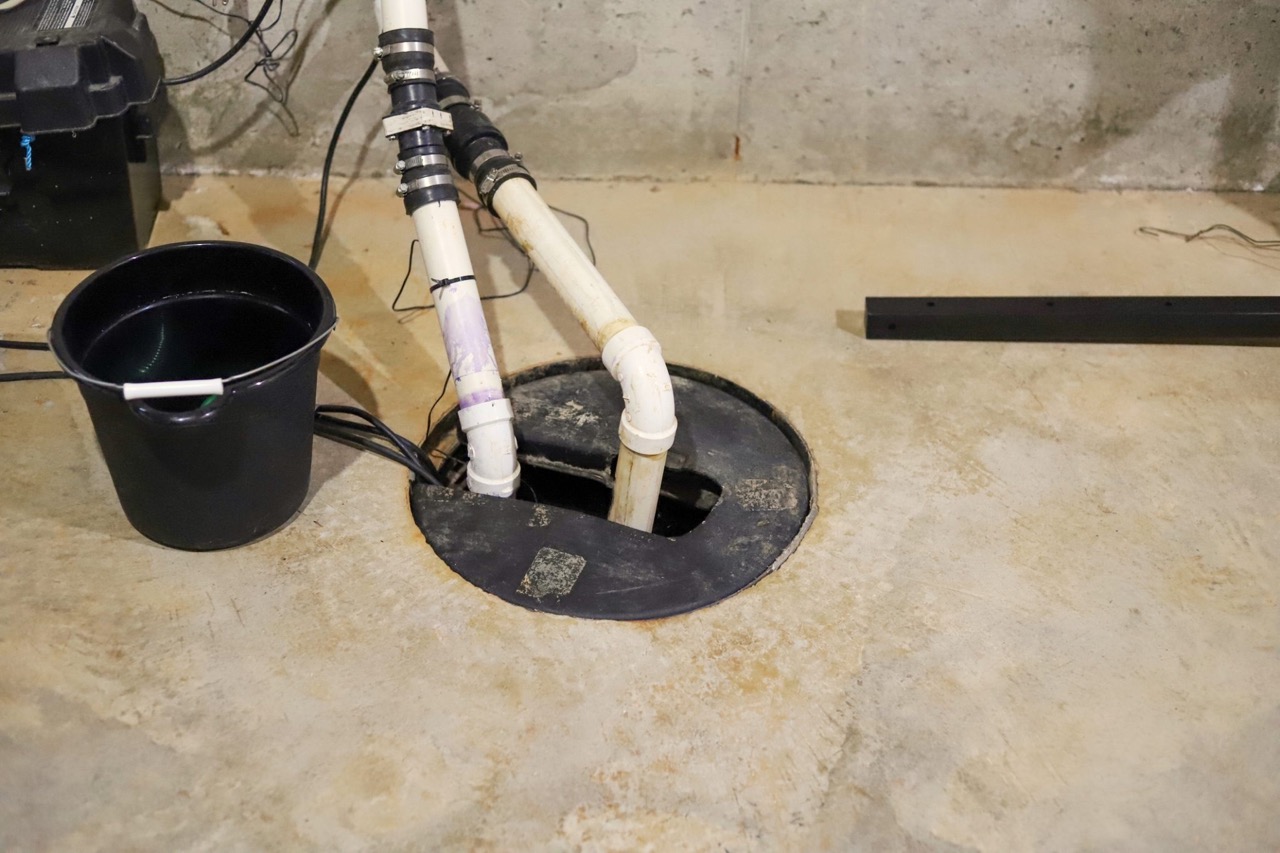
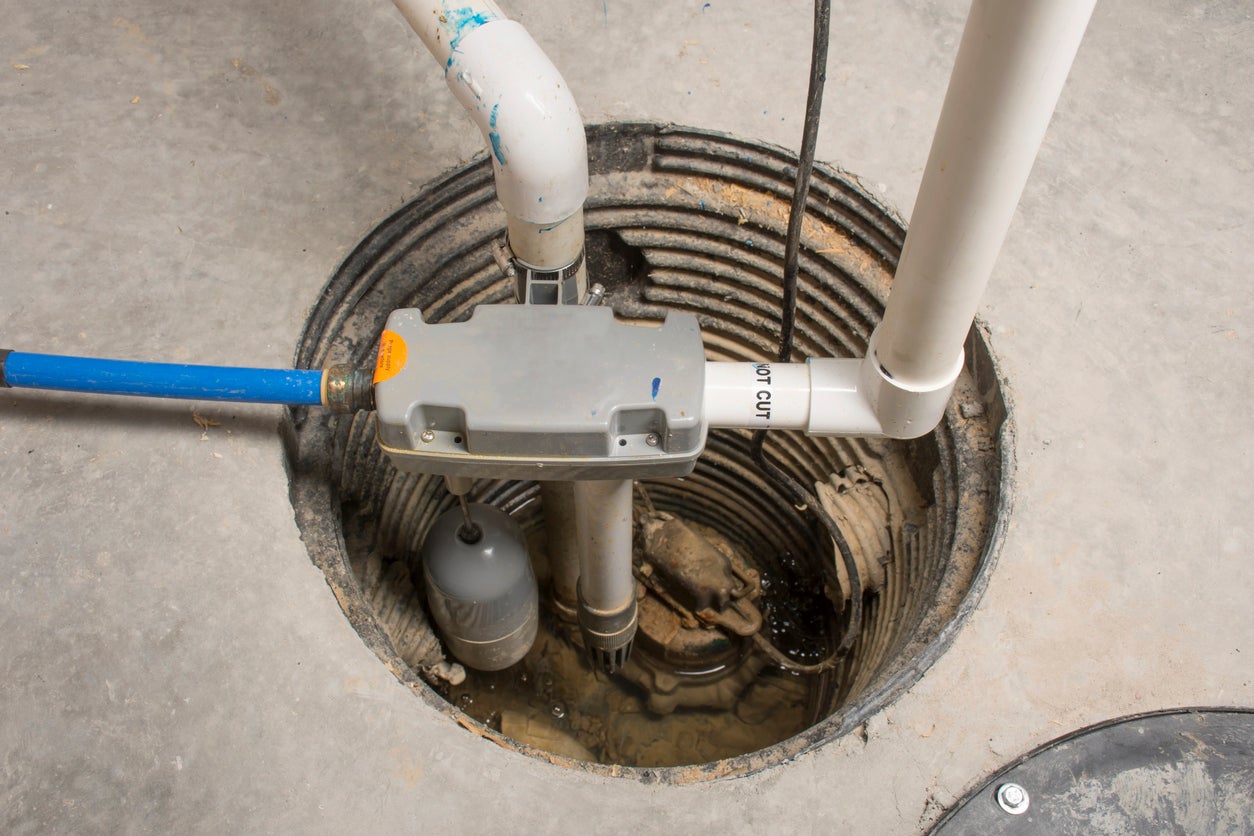
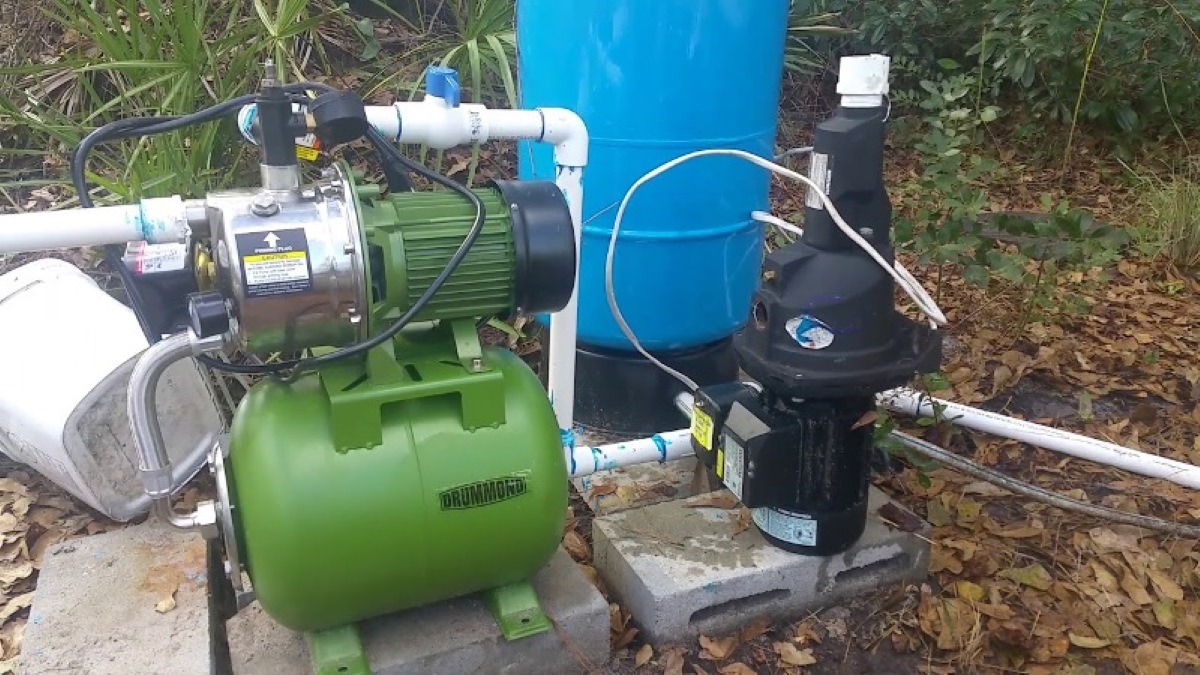

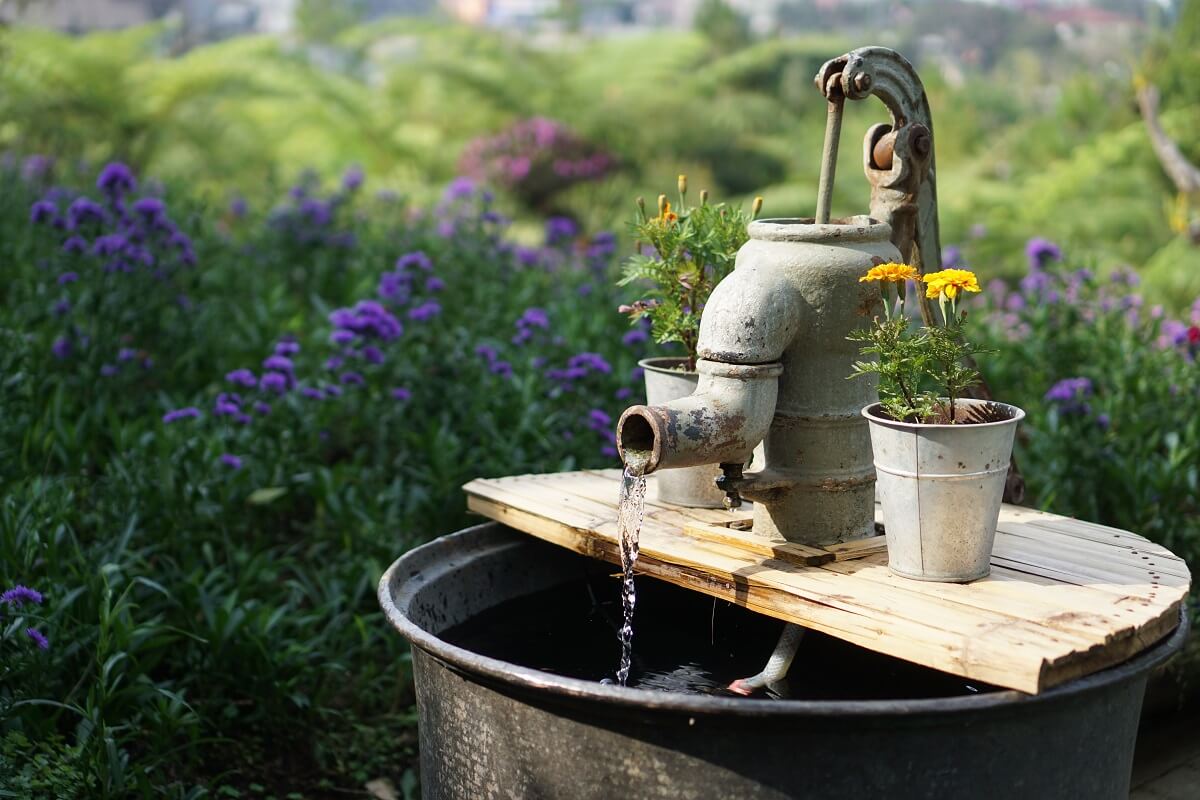
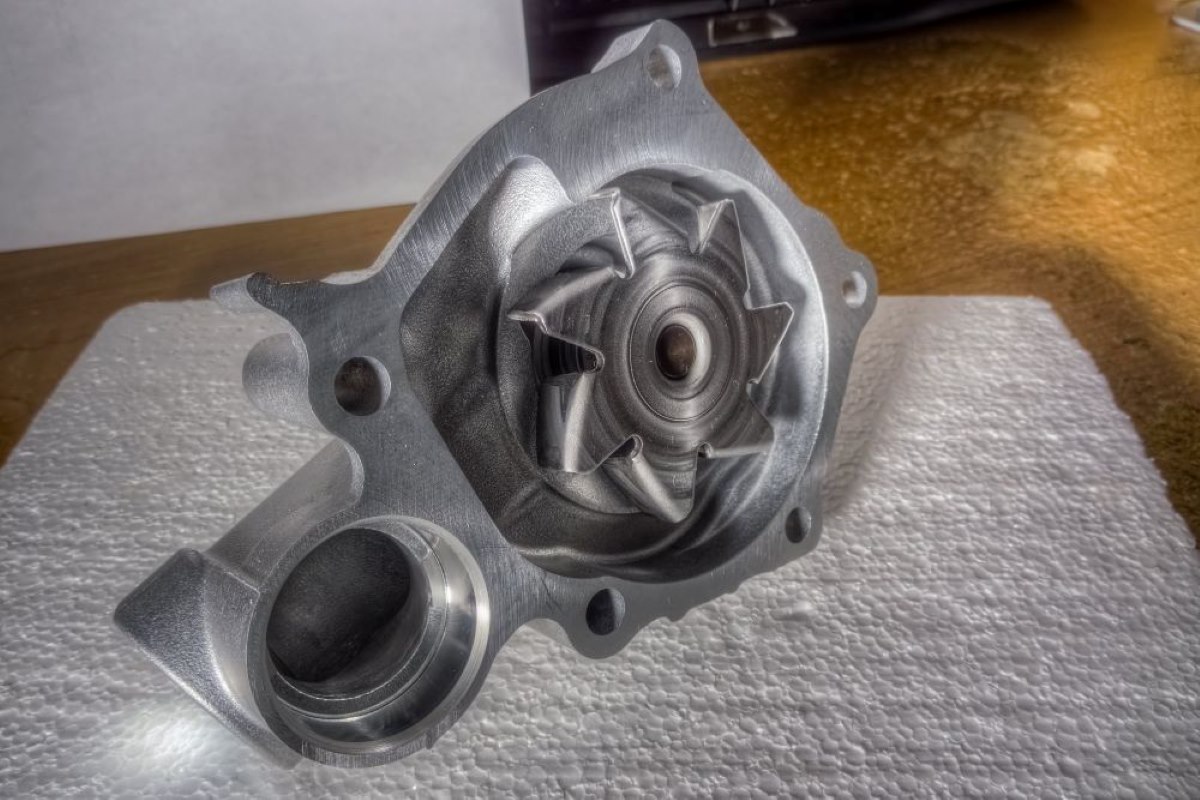
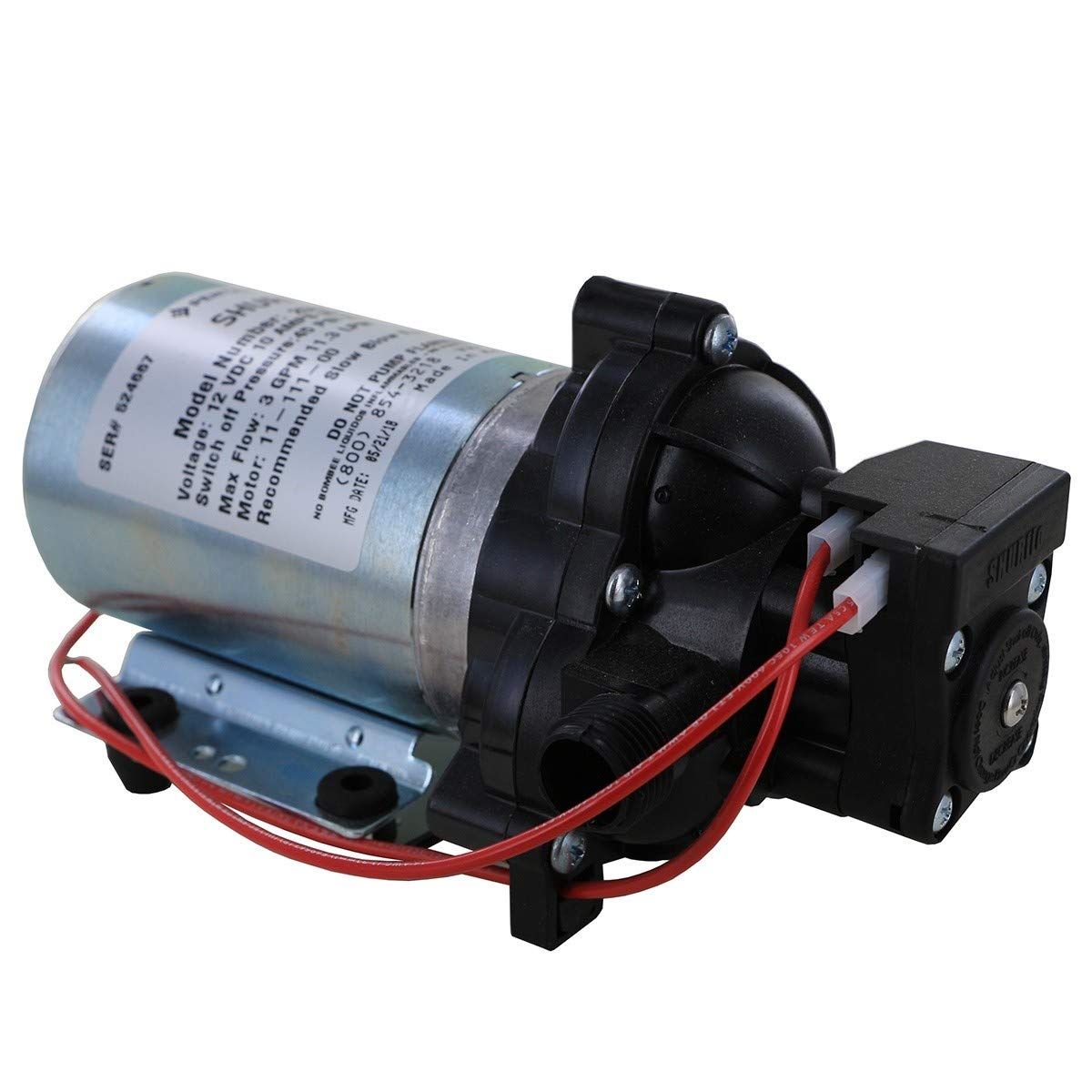
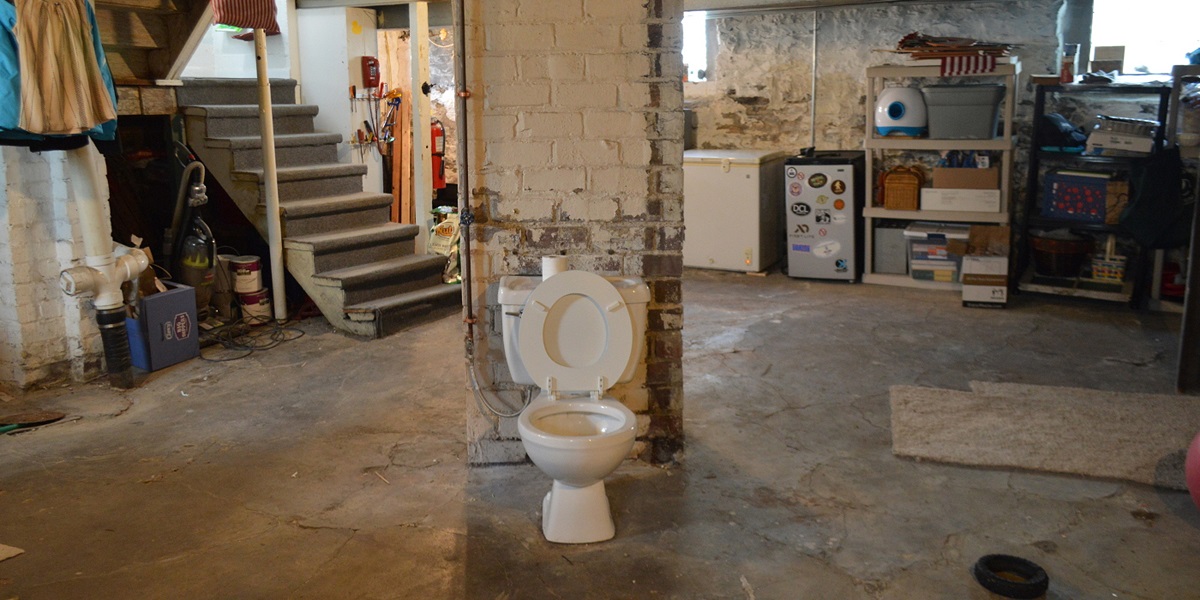
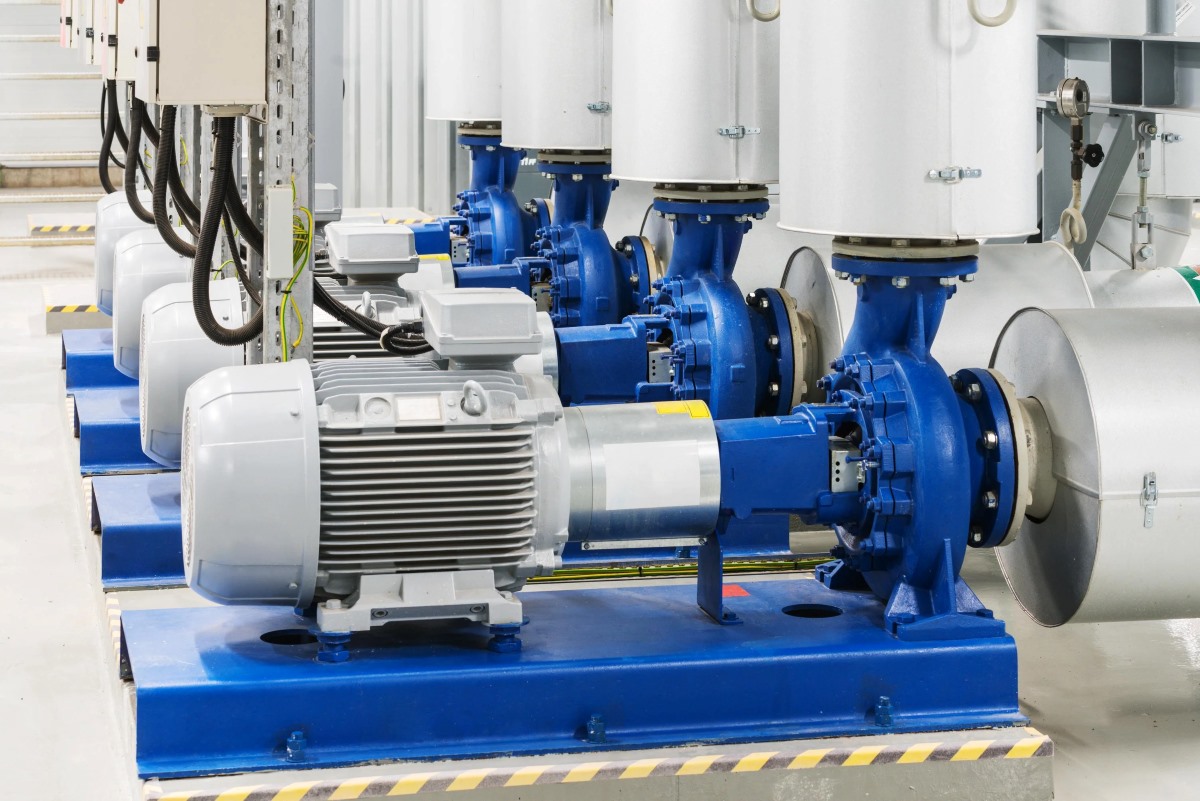
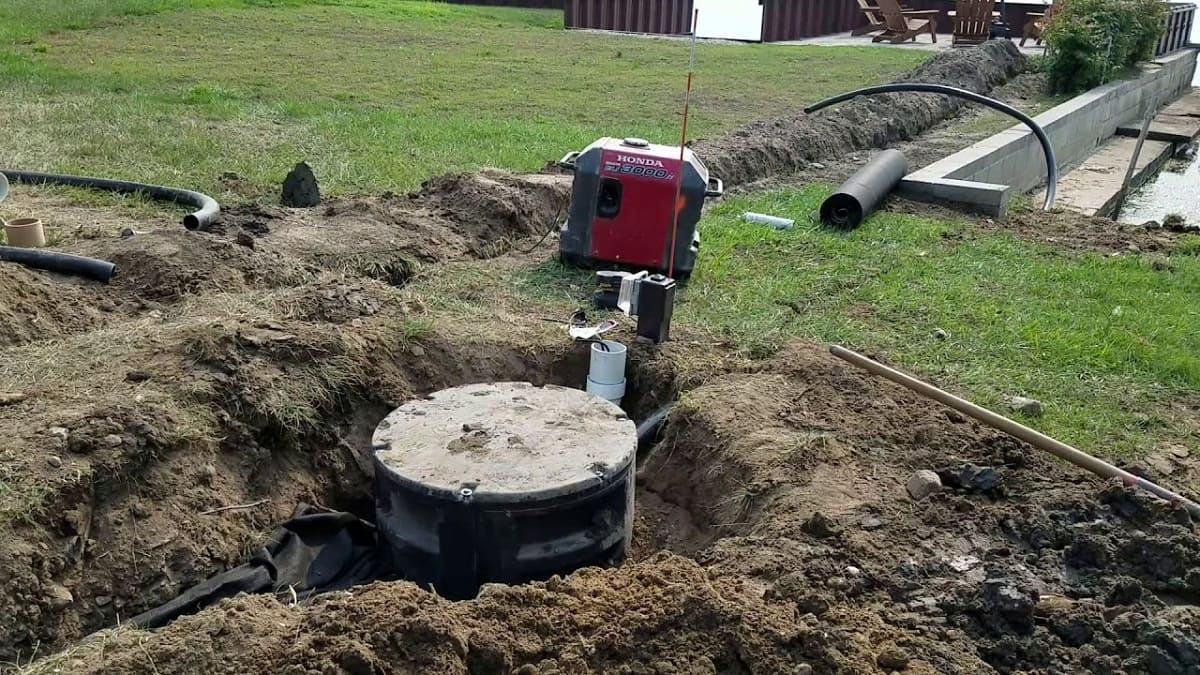
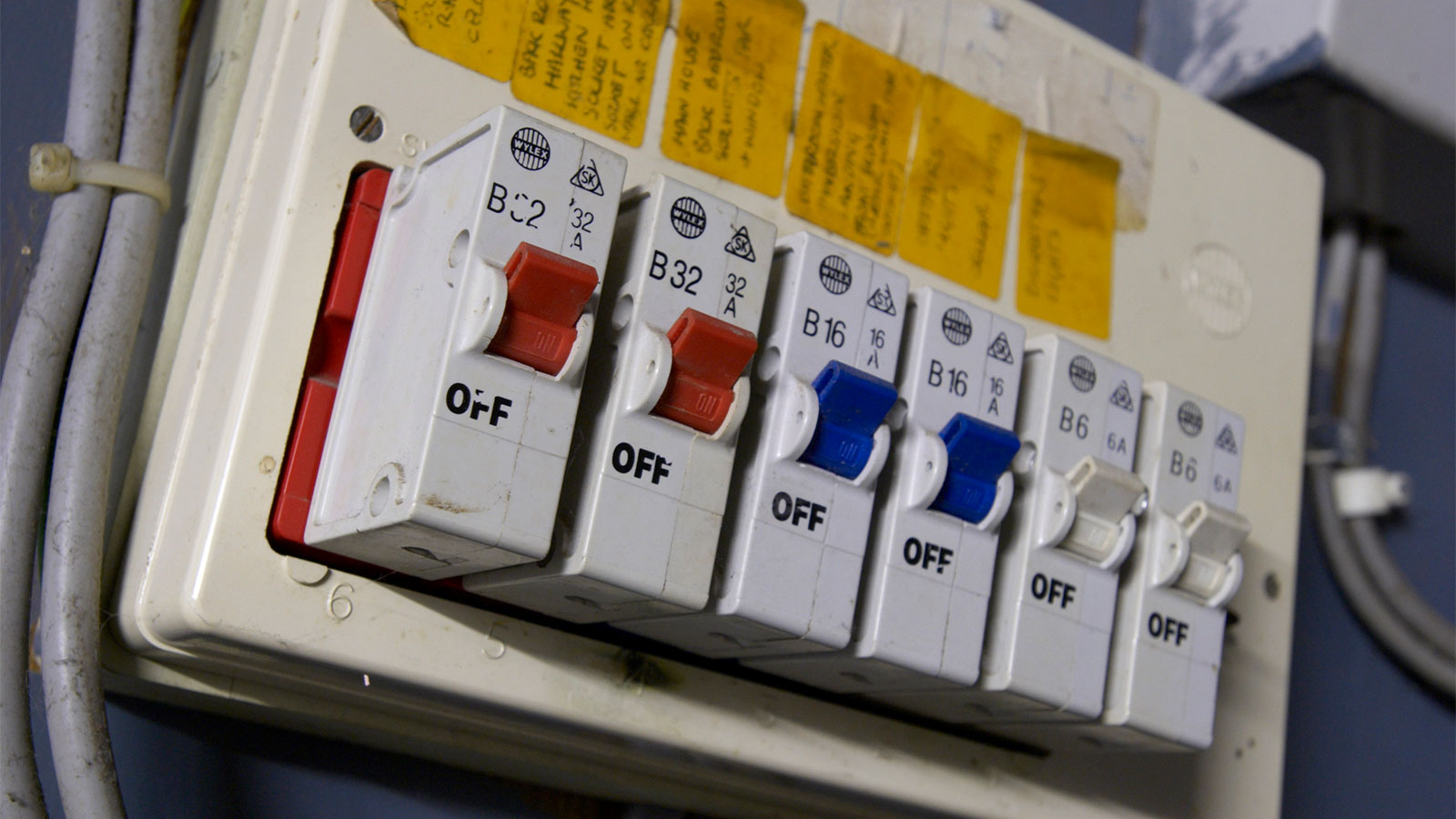
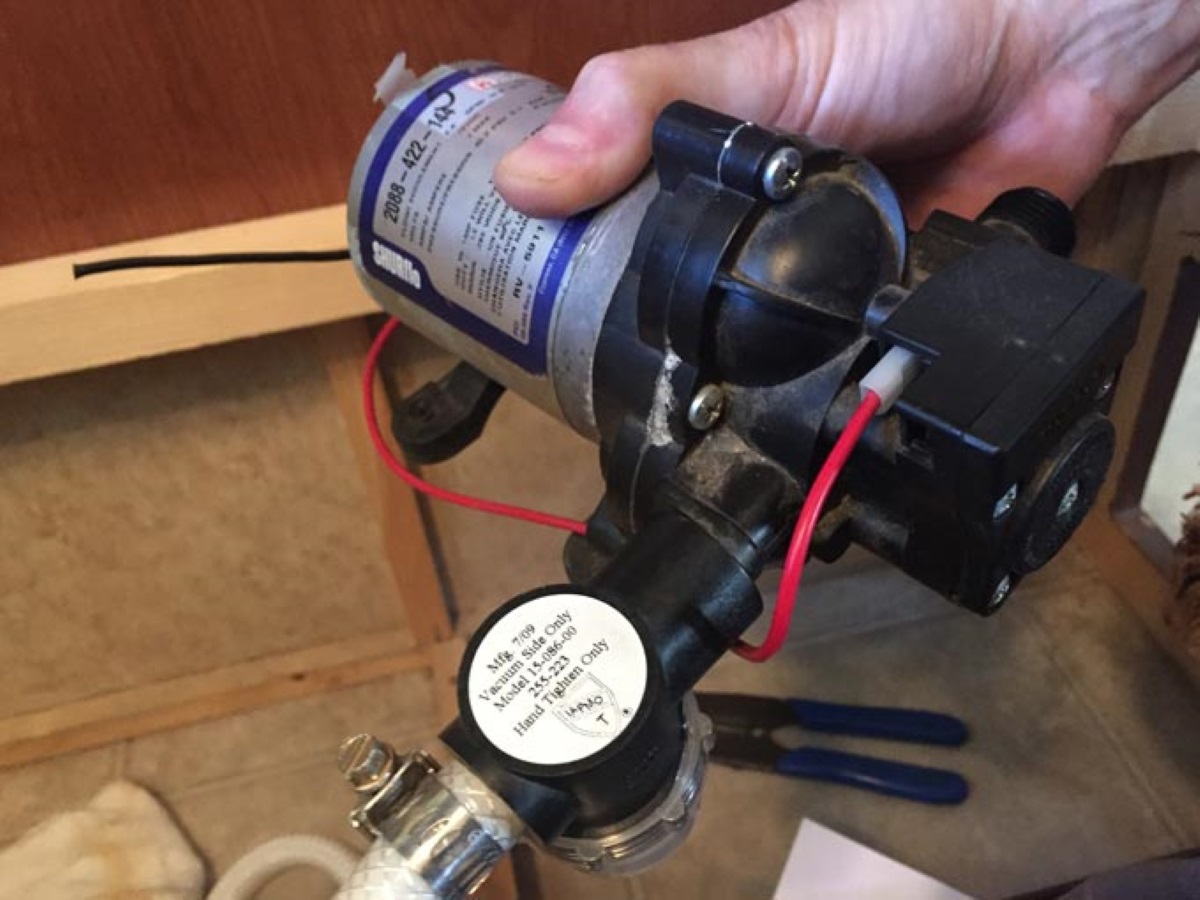


0 thoughts on “How Does Sump Pump Work In Basement”